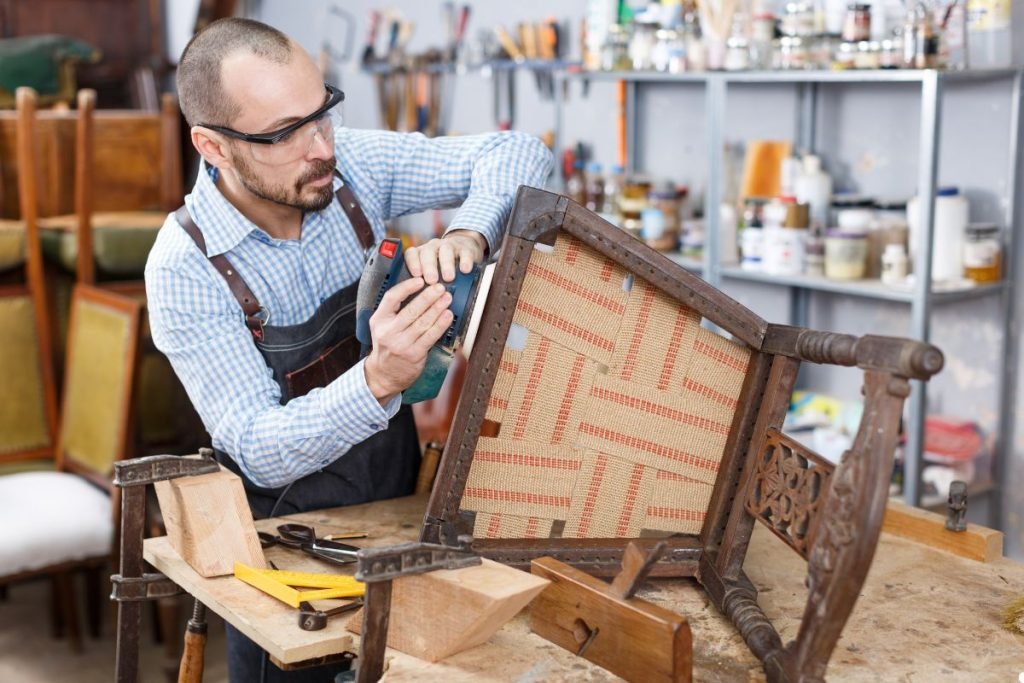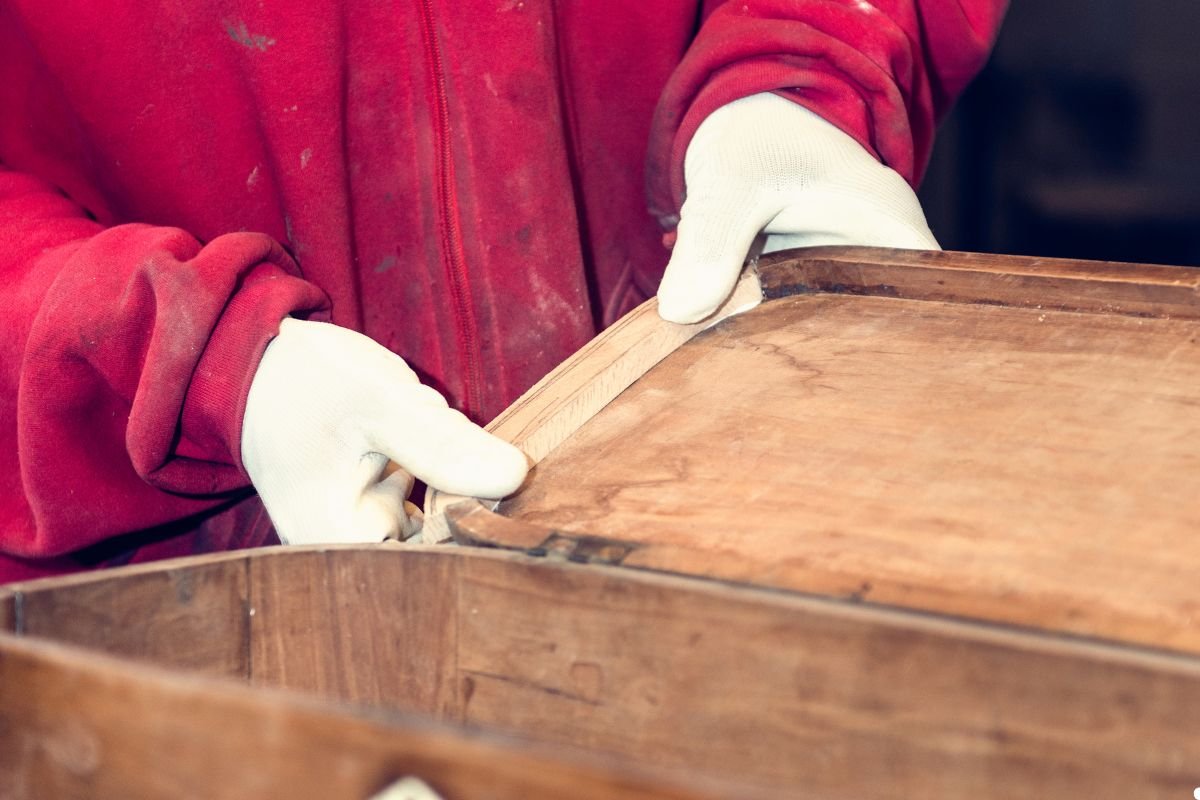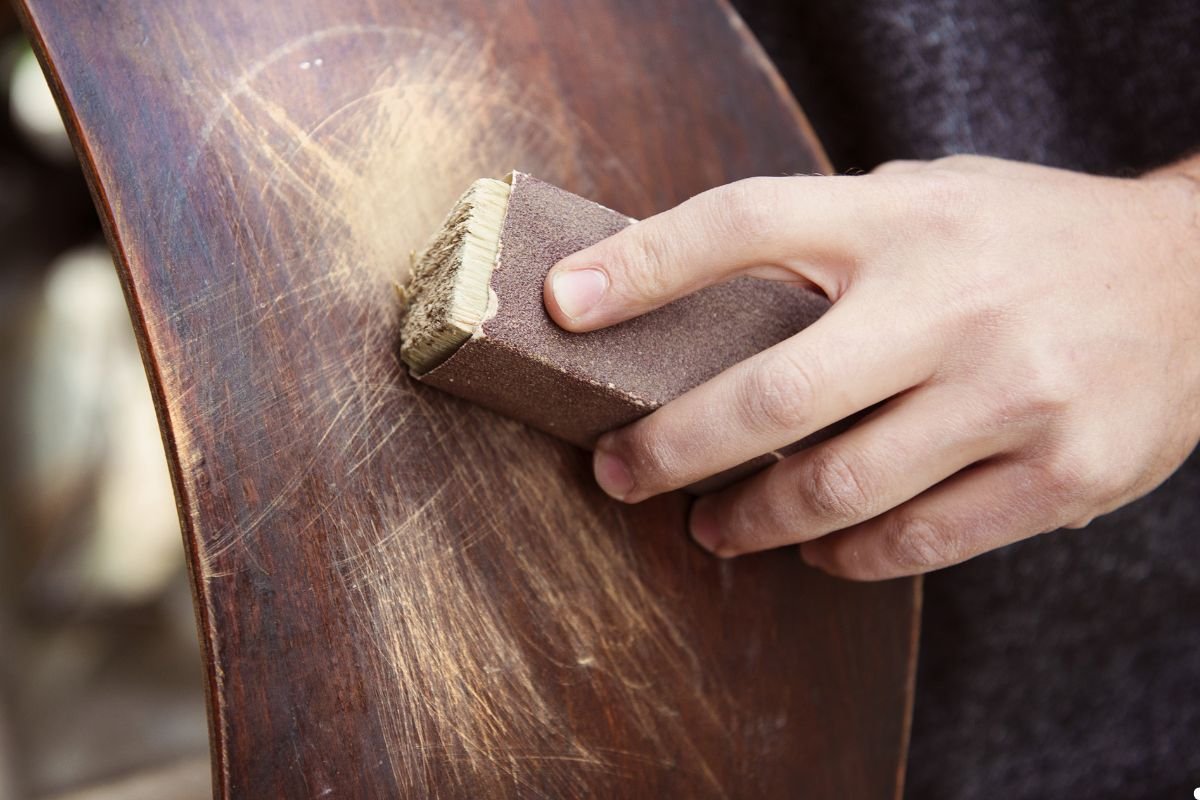
Do you want to preserve the timeless beauty of your antique wood furniture? The best treatments involve gentle cleaning, careful restoration, and preventative protection. This comprehensive guide will walk you through identifying your furniture’s needs, cleaning it safely, performing basic repairs, and safeguarding it for future generations. Whether it’s a cherished family heirloom or a recent vintage find, this article provides the insights you need to keep your antique wood furniture looking its best. Call us today for expert advice and professional restoration services!
Introduction
Antique wood furniture is more than just functional pieces; they are tangible links to the past, imbued with history and craftsmanship. Each scratch, each unique grain pattern tells a story. But time and environment take their toll. Neglecting these treasures can lead to irreversible damage, diminishing their value and beauty. That’s why understanding how to properly care for antique repair is crucial. By employing the right techniques and products, you can extend the life of your furniture, ensuring its continued beauty and historical significance. In this article, we’ll equip you with the knowledge to clean, restore, and protect your beloved pieces.

Identifying Your Antique Furniture’s Needs
Before you reach for the cleaning supplies, take the time to carefully assess your furniture.
- Types of Wood: Different types of wood react differently to treatments. Is your piece made of oak, mahogany, pine, walnut, or another type? Oak is generally sturdy, while pine is softer and more prone to scratching. Knowing the type of wood will help you select appropriate cleaning and restoration products. Look closely at the grain and color.
- Recognizing Finishes: The finish is the protective layer on the wood’s surface. Common antique finishes include shellac, varnish, lacquer, and wax. Shellac is easily damaged by water and alcohol, while varnish and lacquer are more durable. Wax finishes require regular waxing to maintain their protection. To identify the finish, try a test in an inconspicuous area with a cotton swab dipped in denatured alcohol. If the finish dissolves easily, it’s likely shellac.
- Assessing Damage: Thoroughly inspect your furniture for any damage. Are there scratches, water rings, veneer problems, loose joints, or signs of insect infestation? The type and severity of damage will dictate the necessary restoration steps. Minor scratches can often be buffed out, while more significant damage may require professional attention. Addressing problems early can prevent them from worsening.
Gentle Cleaning Techniques
Cleaning antique furniture requires a delicate touch. Harsh chemicals and abrasive cleaners can strip the finish and damage the wood.
- Dusting & Surface Cleaning: Regular dusting is the first line of defense against dirt and grime. Use a soft, lint-free cloth or a feather duster to gently remove dust from all surfaces, including crevices and carvings. Avoid using cloths that are too damp, as moisture can damage the finish.
- Removing Grime & Build-up: For more stubborn grime, use a mild soap and water solution. Mix a few drops of gentle dish soap with warm water. Dip a soft cloth into the solution, wring it out thoroughly, and gently wipe the furniture’s surface. Follow up with a clean, damp cloth to remove any soap residue, and then dry the surface with a clean, dry cloth. Avoid using excessive water, as it can seep into the wood and cause damage.
- When to Call a Professional: Some cleaning tasks are best left to the professionals. If your furniture has a delicate or intricate finish, or if you’re dealing with stubborn stains or grime, it’s best to consult with a professional furniture cleaner. Trying to clean it yourself could cause irreversible damage.
Restoring & Repairing Antique Furniture
While professional restoration is often the best choice for significant damage, there are some basic repairs you can tackle yourself.
- Scratch Repair: Minor scratches can often be concealed with a furniture touch-up marker or crayon that matches the color of the finish. Follow the manufacturer’s instructions carefully. For deeper scratches, you may need to use a wood filler or stain.
- Water Ring Removal: Water rings can be unsightly, but they can often be removed with simple household items. Try gently rubbing the ring with a cloth dampened with mayonnaise, petroleum jelly, or toothpaste. Leave it on for a few hours, then wipe it off with a clean cloth. You can also try using a hair dryer on a low setting to gently heat the ring, then wiping it away with a soft cloth.
- Veneer Repair: Loose or lifting veneer requires careful attention. Apply a thin layer of wood glue to the back of the veneer and carefully press it back into place. Use clamps or weights to hold it in place until the glue dries.
- Joint Stabilization: Loose joints can be tightened with wood glue and clamps. Disassemble the joint, clean the surfaces, apply wood glue, and reassemble the joint. Clamp it in place until the glue dries. For severely damaged joints, you may need to consult with a professional furniture repairer.
Protecting Your Antique Wood Furniture
Prevention is key to keeping your antique furniture in top condition.
- Waxing & Polishing: Waxing and polishing can protect the finish from scratches and moisture. Use a high-quality furniture wax or polish specifically designed for antique furniture. Apply a thin layer of wax with a soft cloth, let it dry, and then buff it to a shine. Avoid using polishes that contain silicone, as they can build up over time and create a hazy film.
- Humidity Control: Extreme changes in humidity can cause wood to expand and contract, leading to cracks and warping. Maintain a consistent humidity level in your home, ideally between 40% and 60%. Use a humidifier or dehumidifier as needed.
- Sun Exposure Protection: Direct sunlight can fade and damage the finish of antique furniture. Keep your furniture away from direct sunlight or use curtains or blinds to filter the light. UV-protective window film can also help reduce the amount of harmful UV rays that enter your home. To restore antique furniture, always start by protecting it from direct sunlight, which can fade and damage its finish.

Choosing the Right Products
Selecting the right products is crucial for protecting and maintaining your antique furniture. Look for products that are specifically designed for antique wood furniture. Read the labels carefully and avoid products that contain harsh chemicals, abrasives, or silicones. When in doubt, test the product in an inconspicuous area before applying it to the entire piece. Protect your antique furniture with the right care products—choose wisely to preserve its beauty. Contact us for expert recommendations!
- Make sure you’re using pH-neutral cleaning solutions
- Test any new cleaning products
- Stick with products that come highly recommended by antique professionals
FAQs About Antique Wood Furniture Care
How often should I dust my antique wood furniture?
Dust regularly, ideally once a week, to prevent dust from building up and scratching the finish.
What’s the best way to remove a water ring from a wood table?
Try gently rubbing the ring with a cloth dampened with mayonnaise, petroleum jelly, or toothpaste.
Can I use Pledge on antique furniture?
Avoid using Pledge on antique furniture, as it can contain silicone and other ingredients that can damage the finish.
How do I prevent my antique furniture from drying out?
Maintain a consistent humidity level in your home and wax your furniture regularly to help retain moisture.
Is it okay to use lemon oil on my antique furniture?
Use lemon oil sparingly, as it can attract dust and grime.
When should I hire a professional furniture restorer?
Hire a professional for significant damage, intricate finishes, or when you’re unsure about the best course of action.
Conclusion
Caring for antique wood furniture may seem daunting, but with the right knowledge and techniques, you can preserve its beauty and value for generations to come. By understanding the needs of your furniture, cleaning it gently, restoring it carefully, and protecting it from damage, you can ensure that these timeless treasures remain a cherished part of your home. Remember, when in doubt, it’s always best to consult with a professional furniture restorer to avoid irreversible damage. Appreciate the history and craftsmanship embodied in your antique pieces and enjoy their enduring beauty. For expert restoration and care, call us today!

